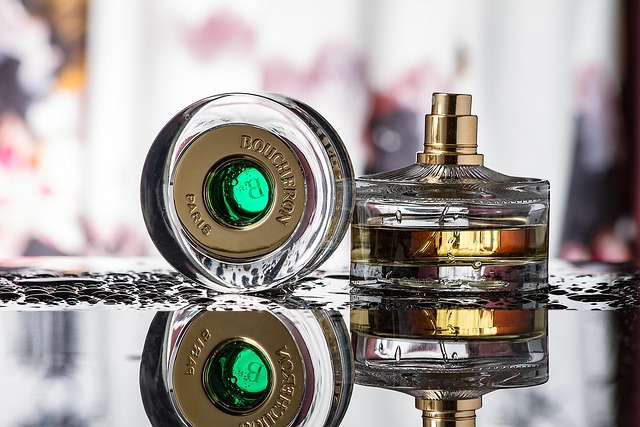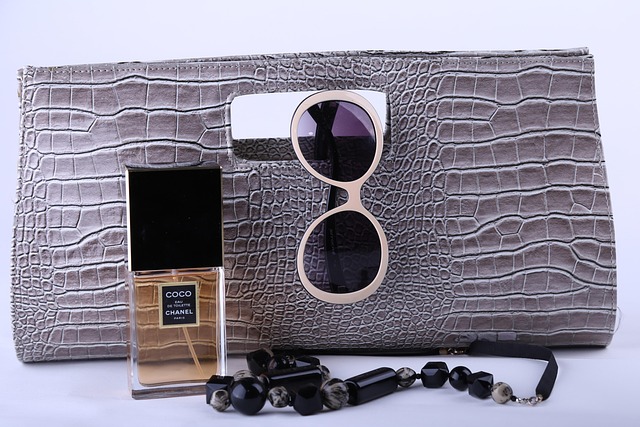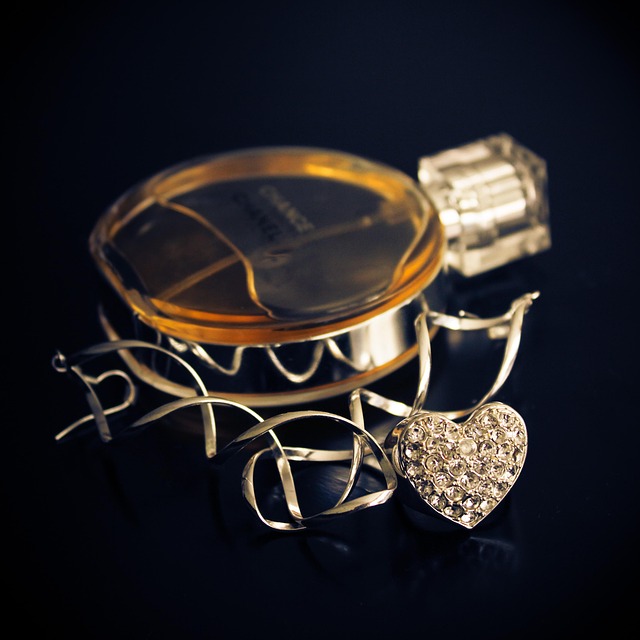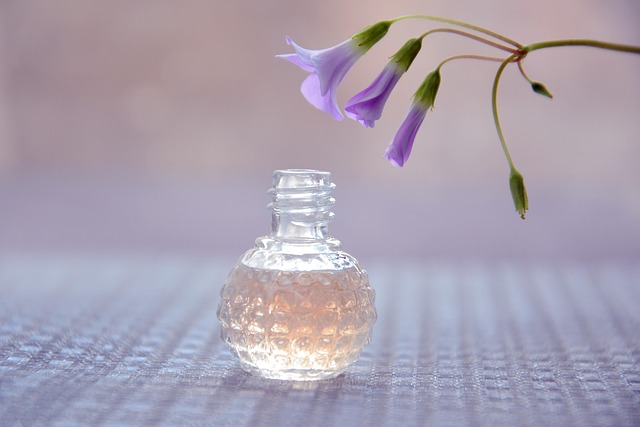The European Union's regulations mandate transparent fragrance ingredient labels, empowering consumers with allergies to make safe choices. Paco Rabanne creates bold perfumes, adhering to strict rules by listing ingredients, avoiding common allergens like alcohol, parabens, and synthetic fragrances. Patch tests are crucial for sensitive skin, as complete allergen avoidance is rare in cosmetics. Checking ingredient lists ensures a balanced enjoyment of Paco Rabanne perfumes while minimizing allergic reaction risks.
“Unleash your sense of smell with a focus on safety! This article explores the world of fragrance allergies, particularly regarding the popular Paco Rabanne perfume line. We delve into the importance of allergen labeling and understanding what makes certain perfumes potentially harmful. By examining the key ingredients and common allergens in perfumes, we’ll guide you through navigating the market for your next scent, ensuring a safe and enjoyable experience. From ingredient lists to safety tips, discover how to make informed choices with Paco Rabanne Perfume.”
- Understanding Allergen Labeling on Fragrances
- Ingredients in Paco Rabanne Perfume Line
- Common Allergens Found in Perfumes
- Safe Use and Disclaimers for Paco Rabanne
Understanding Allergen Labeling on Fragrances

When it comes to understanding allergens in fragrances, knowing how to read labels is key. The European Union has implemented strict regulations for cosmetic products, including perfumes and colognes, requiring manufacturers to list all ingredients, including potential allergens. This transparency empowers consumers to make informed decisions, especially those with known allergies or sensitivities.
For instance, if you’re curious about a specific fragrance like Paco Rabanne’s offerings, checking the label on the bottle will provide valuable insights. You might find listings for various chemical compounds or natural extracts that could potentially trigger allergic reactions in sensitive individuals. The EU’s regulations ensure that brands like Paco Rabanne, known for their unique scents such as Paco Rabanne Cologne, must clearly communicate any allergens present, allowing consumers to choose products safely and confidently.
Ingredients in Paco Rabanne Perfume Line

The ingredients in Paco Rabanne’s perfume line are carefully curated to create unique fragrances that captivate the senses. While many brands focus on diverse notes, Paco Rabanne takes a bold approach by incorporating unusual elements into their compositions. The perfumes often feature a blend of floral and fruity accords, enhanced by spicy and woody undertones. For instance, the iconic Paco Rabanne 1966 fragrance combines top notes of bergamot and neroli with heart notes of jasmine and rose, rounded off by base notes of patchouli and amber.
When it comes to potential allergens, Paco Rabanne, like many luxury perfume houses, adheres to strict regulations. The brand ensures that their fragrances are developed with safety in mind. Common allergens such as certain alcohols, parabens, and artificial colors are typically avoided or used in minimal quantities. For those concerned about specific ingredients, it’s worth noting that Paco Rabanne offers transparency in their ingredient lists, allowing customers to make informed choices, especially when considering their sensitive skin or allergies, including those related to Paco Rabanne cologne.
Common Allergens Found in Perfumes

When it comes to identifying potential allergens in fragrances, several common elements have been known to cause reactions in sensitive individuals. While the specific ingredients can vary greatly among different Paco Rabanne perfumes and colognes, there are a few notable allergen culprits that often make appearances.
One of the most prevalent allergens found in many perfumes is alcohol, including ethanol and isopropyl alcohol. These solvents are frequently used to dilute and disperse fragrances, but they can irritate the skin and mucous membranes, leading to allergic reactions or contact dermatitis. Another common allergen is parabens, preservatives often added to cosmetics and fragrances for their antibacterial properties. Sensitivity to these chemicals has been linked to various skin irritations. Additionally, certain synthetic fragrances themselves may contain allergens, as some synthetic musks and aromatic compounds have been associated with allergies and sensitivities. Even natural ingredients like citrus oils and certain floral extracts can trigger allergic responses in predisposed individuals, making it crucial for fragrance manufacturers, including Paco Rabanne, to disclose potential allergens clearly on their product labels.
Safe Use and Disclaimers for Paco Rabanne

When it comes to using Paco Rabanne perfume, it’s crucial to prioritize safety and be aware of potential allergens. While Paco Rabanne fragrances are renowned for their captivating scents, it’s important to remember that they, like any cosmetic product, may contain substances that can trigger allergies in certain individuals. Before applying any fragrance, especially if you have a history of skin sensitivities or allergies, it is recommended to conduct a patch test. This involves applying a small amount of the perfume to a discreet area of your skin and monitoring for any adverse reactions over 24-48 hours.
Paco Rabanne, as a brand, provides safe use disclaimers on their products to ensure consumers are well-informed. These disclaimers often emphasize that the fragrances are paraben-free, phthalate-free, and hypoallergenic, although no perfume is entirely free from potential allergens. It’s also worth noting that different scents within the Paco Rabanne collection may vary in composition, so checking the specific ingredients list for each fragrance is essential. With proper caution and knowledge, you can enjoy your chosen Paco Rabanne cologne or perfume while minimizing the risk of allergic reactions.


